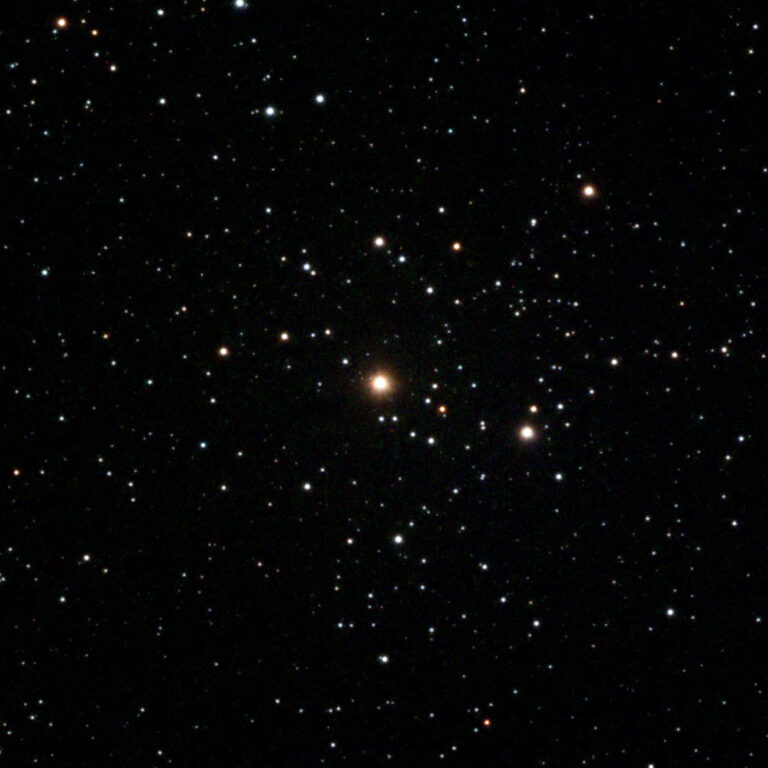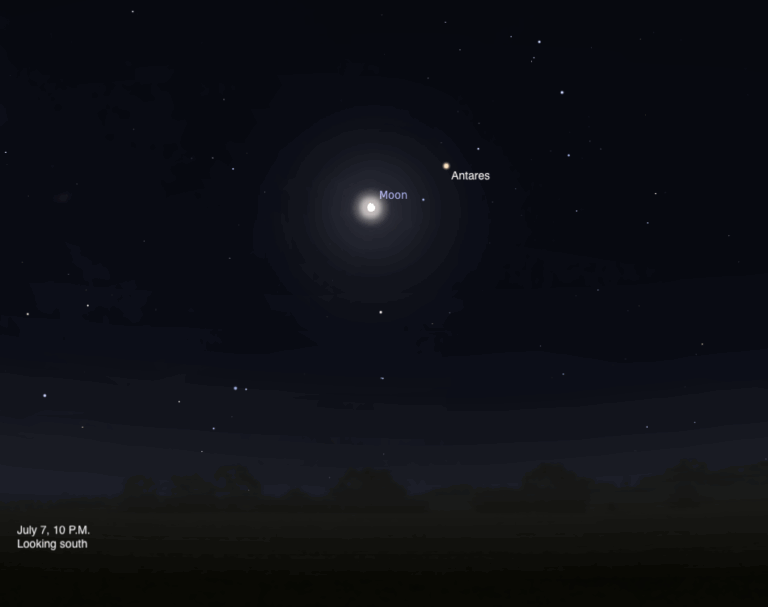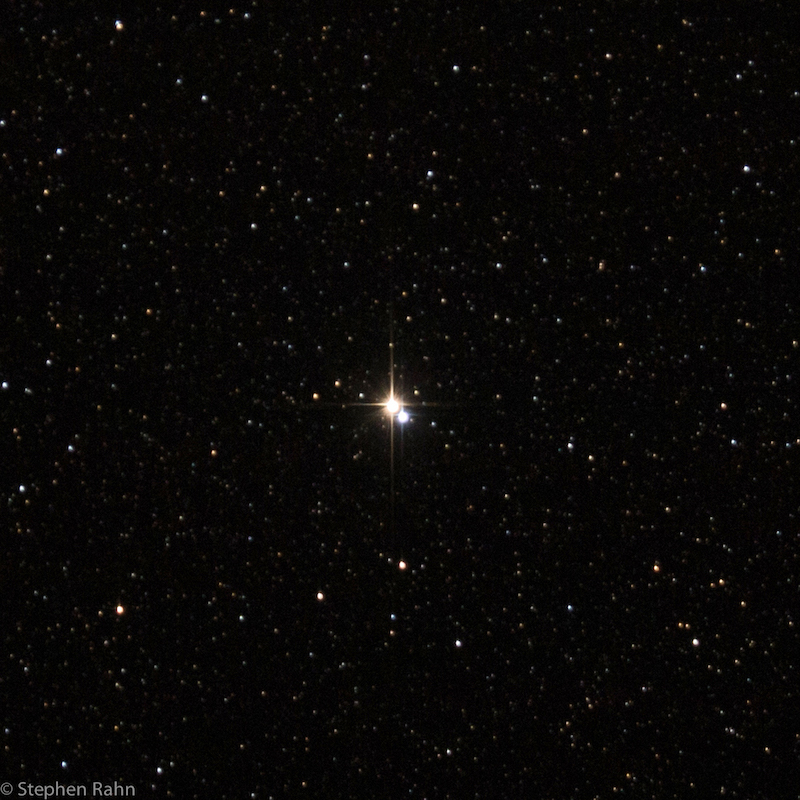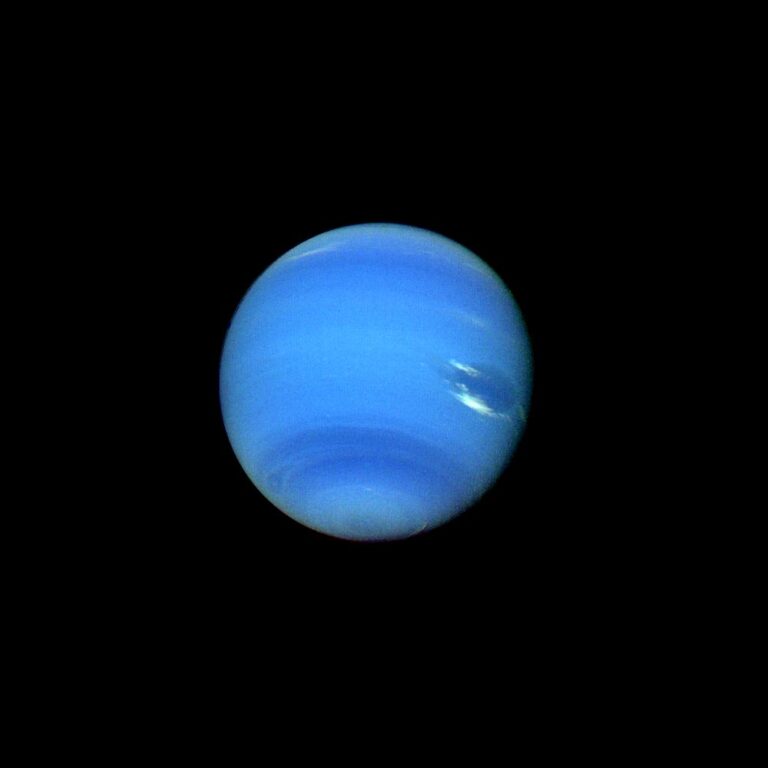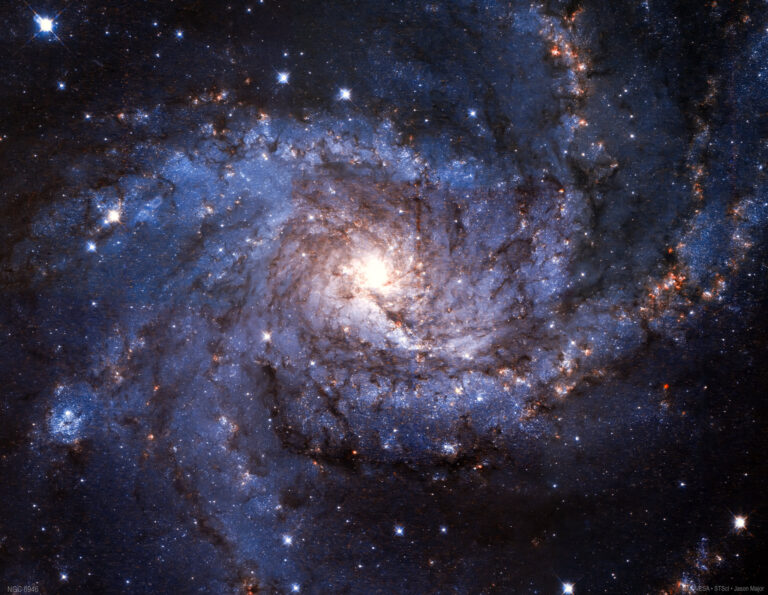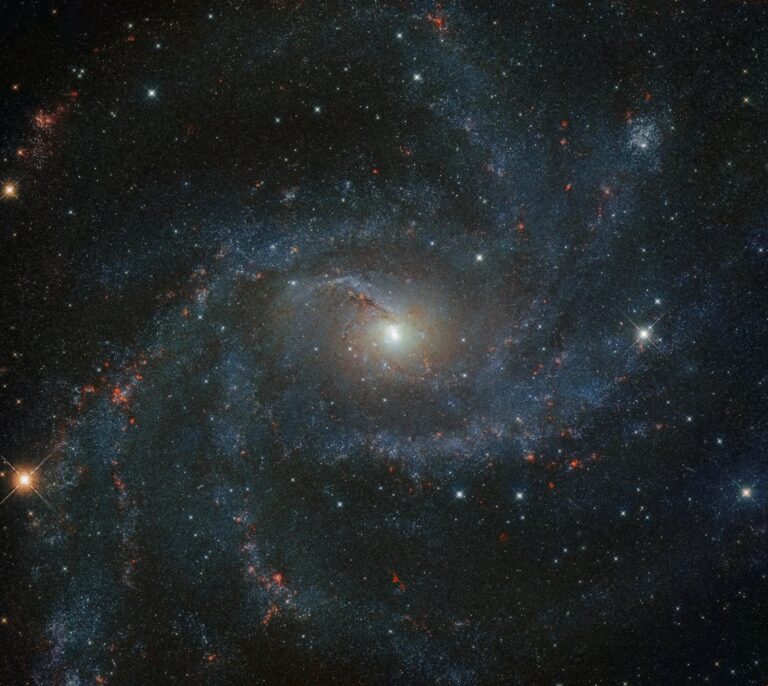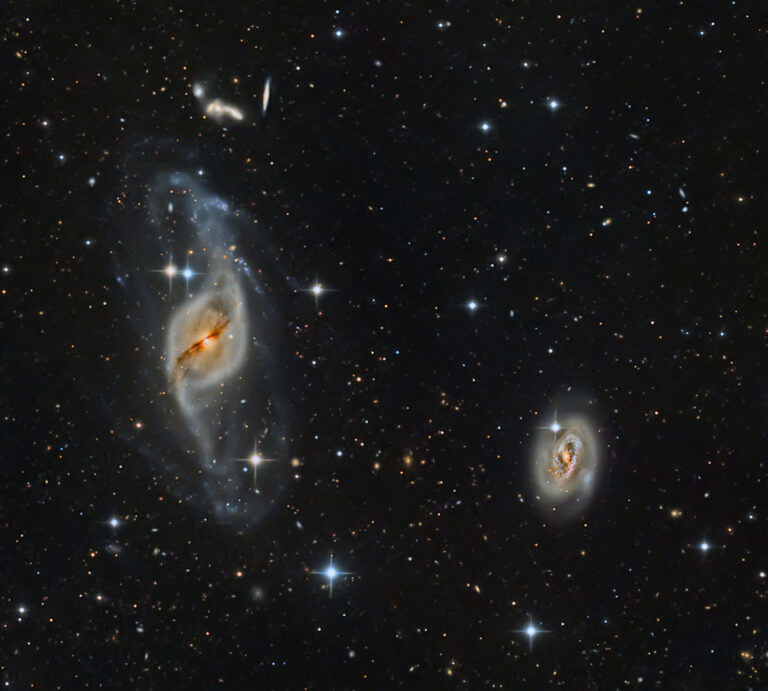Our group of intrepid eclipse chasers changed its base of operations this weekend. Astronomy magazine’s travel partner, TravelQuest, now has us stationed in a town called Ubud in central Bali. Our hotel overlooks the Ayung River, whose steep slopes are lined with trees and bamboo — just what you would expect in a tropical forest. Exotic birds, croaking frogs, and long-tailed macaque monkeys also call this area home.
Ubud is the artistic capital of the Indonesian island, and during the weekend we visited the Agung Rai Museum of Art, an impressive art gallery, and several local handicraft shops. We also had the opportunity to visit a local home, located in a tranquil setting well away from the town’s bustling streets.
One of the weekend’s highlights was the chance to witness preparations for Nyepi, the Balinese Hindu New Year, which arrives this year on March 9. Part of the festivities includes the construction of huge demonic effigies known as ogoh-ogoh. Made from wood, bamboo, and paper, these huge creations will be paraded through the village streets on the eve of Nyepi and then burned.
I also had a chance this weekend to discuss weather prospects for Wednesday’s eclipse with our tour’s meteorologist, Jay Anderson. He tells me that the weather is looking good for our viewing site on the island of Sulawesi. In fact, he’s rarely seen conditions there so good at this time of year. If the pattern holds, we should be in good shape when totality rolls around.




